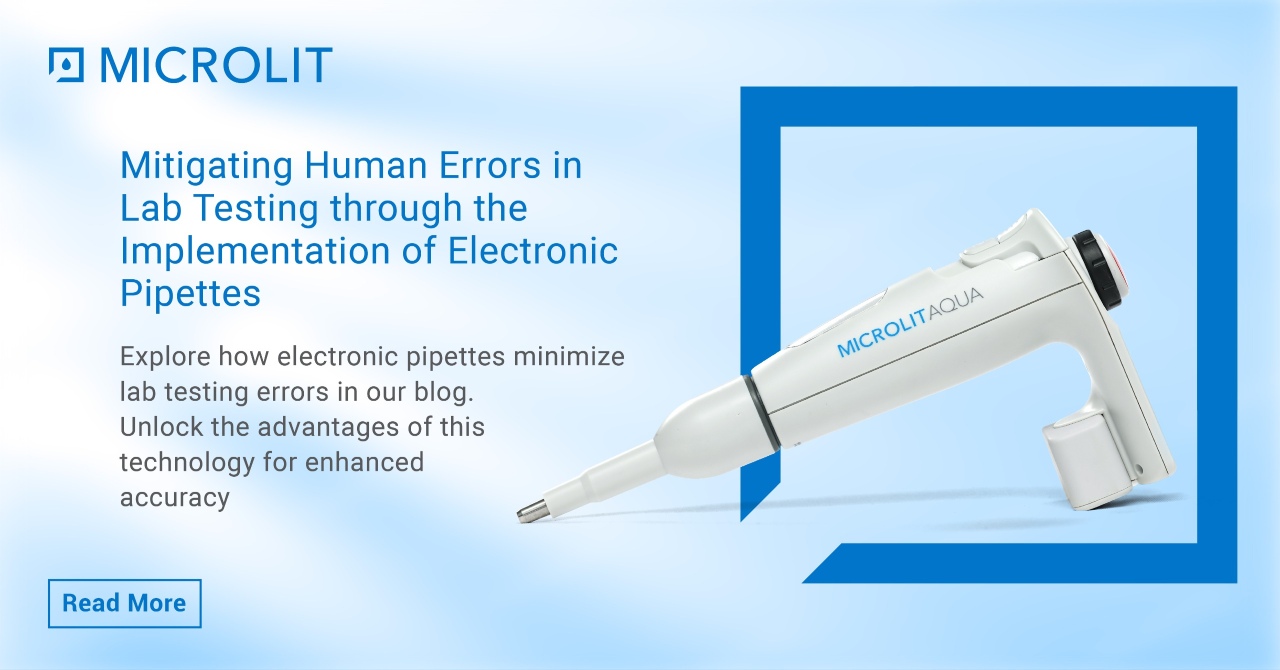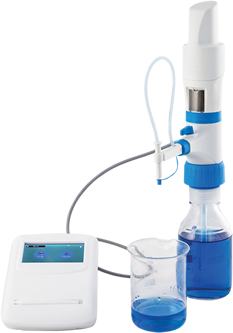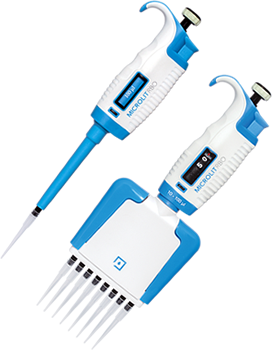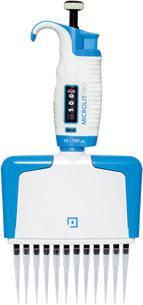Precision and accuracy are critical in the laboratory testing process. However, human errors can frequently undermine the reliability of results, with serious consequences in a variety of scientific fields. Electronic pipettes have emerged as a promising solution for reducing errors in sample handling processes, providing increased accuracy, repeatability, and efficiency. This article explores the role of electronic pipettes in minimizing human error and optimizing laboratory workflows.
Understanding Human Errors in Lab Testing
Human errors in laboratory testing encompass a wide range of issues, including incorrect volume measurements and sample cross-contamination. Traditional manual pipetting techniques are prone to inconsistencies due to fatigue, hand tremors, and variability in technique among operators. These errors may lead to inaccuracies, compromising the integrity of experimental data and potentially leading to incorrect conclusions.
The Role of Electronic Pipettes
Electronic pipettes are a technological advancement that solves many of the problems associated with manual pipetting. E-Pipettes, unlike their manual counterparts, have precision-engineered mechanisms controlled by microprocessors, allowing for accurate and repeatable liquid volume dispensing. E-Pipettes automate the pipetting process, reducing the influence of human factors and ensuring consistent results across experiments.
Key Advantages of Having Electronic Pipettes
Electronic pipettes have revolutionized laboratory workflows by offering a multitude of advantages over traditional manual pipetting techniques.
-
Precision and Accuracy
Electronic pipettes provide unparalleled accuracy in volume dispensing, with minimal variation between samples. This precision is required for quantitative analyses and guarantees data integrity.
-
Programmable Functionality
Many electronic pipettes have programmable settings that allow users to adjust pipetting parameters like volume, speed, and dispensing mode. This flexibility improves workflow efficiency and accommodates a wide range of experimental requirements.
-
Ergonomic Design
Electronic pipettes are ergonomically designed to reduce user fatigue and discomfort after extended use. Features like lightweight construction, intuitive controls, and adjustable settings improve user comfort and productivity.
-
Reduced Risk of Contamination
Manual pipetting increases the risk of sample contamination due to accidental spills or contact with external surfaces. E-pipettes address this risk by providing sealed systems and disposable tips, which prevent cross-contamination and ensure sample purity.
-
Traceability and Documentation
Many electronic pipettes include integrated software systems for data logging, traceability, and regulatory compliance. This functionality streamlines documentation processes and allows for audit trails for quality assurance purposes.
Implementation Strategies
Integrating electronic pipettes into laboratory workflows requires careful planning and consideration of numerous factors. The key implementation strategies include:
-
Training and Education
Laboratory personnel should be given appropriate training programs to familiarize them with electronic pipetting techniques, instrument operation, and maintenance procedures.
-
Standard Operating Procedures (SOP)
Create standardized protocols for electronic pipetting procedures, including calibration, tip selection, and quality control checks. SOPs ensure consistent and reproducible results across multiple experiments.
-
Quality Assurance Measures
Follow regular calibration and performance verification protocols to ensure the accuracy and dependability of electronic pipettes. Routine maintenance and calibration intervals should be established to ensure instrument performance.
-
Integration of Laboratory Information Management Systems (LIMS)
Integrate electronic pipettes into LIMS software to improve data management, sample tracking, and result interpretation. This integration improves both workflow efficiency and data traceability.
-
Continuous Improvement
Request feedback from laboratory personnel on the usability, performance, and functionality of electronic pipettes. Continuously evaluate and refine protocols to improve efficiency and reduce errors over time.
Enhance Your Pipetting Precision with the Microlit AQUA Electronic Pipette
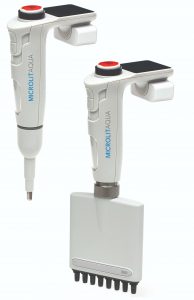
The Microlit AQUA electronic pipette redefines precision and convenience in your lab. Engineered with advanced technology, it ensures accurate and reproducible pipetting with minimal effort. Its ergonomic design and intuitive interface enhance user comfort and efficiency. The electronic control mechanism guarantees precise volume delivery, eliminating variability associated with manual pipetting. With a rechargeable battery, it offers long-lasting performance, reducing downtime. Whether in research, diagnostics, or analytical applications, the Microlit AQUA e-pipette is your trusted companion for reliable and consistent results. Streamline your pipetting tasks and elevate your lab’s productivity with the Microlit AQUA.
To know more about Microlit AQUA E-Micropipettes or to order this product, visit https://www.microlit.us/
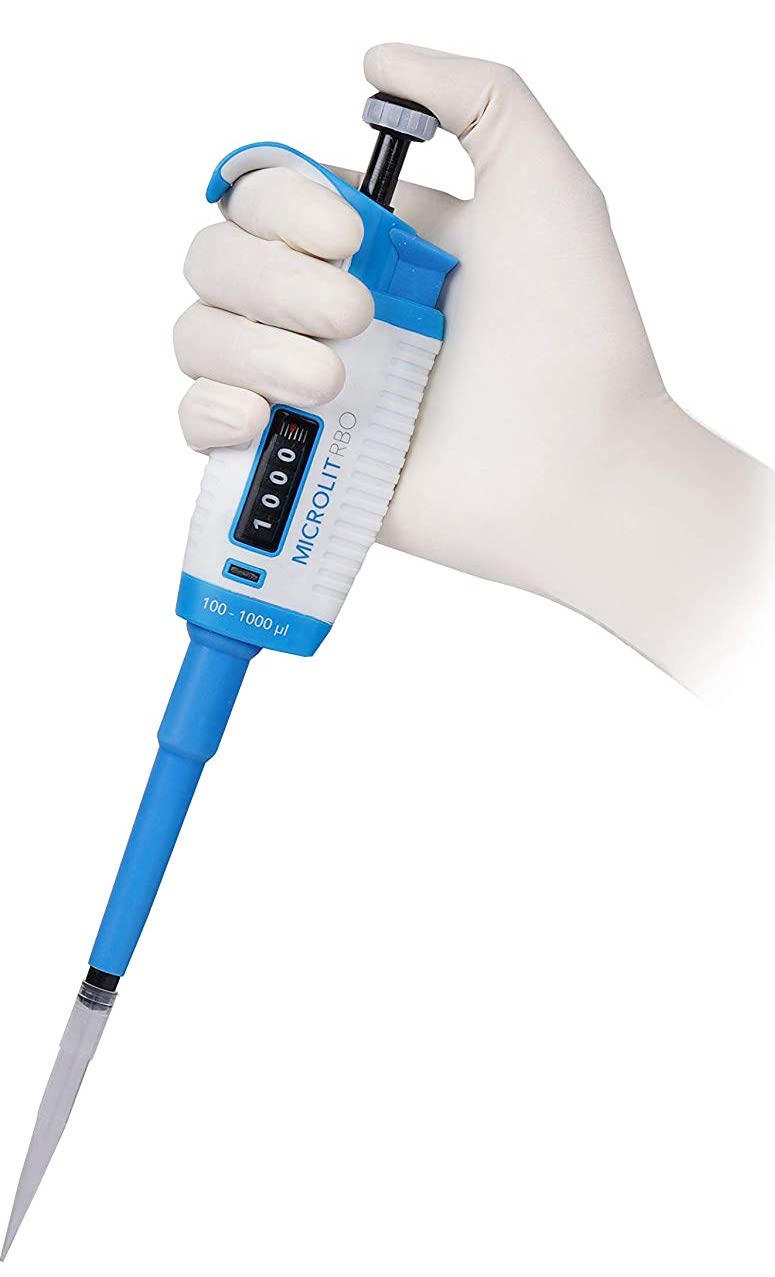





 3113
3113